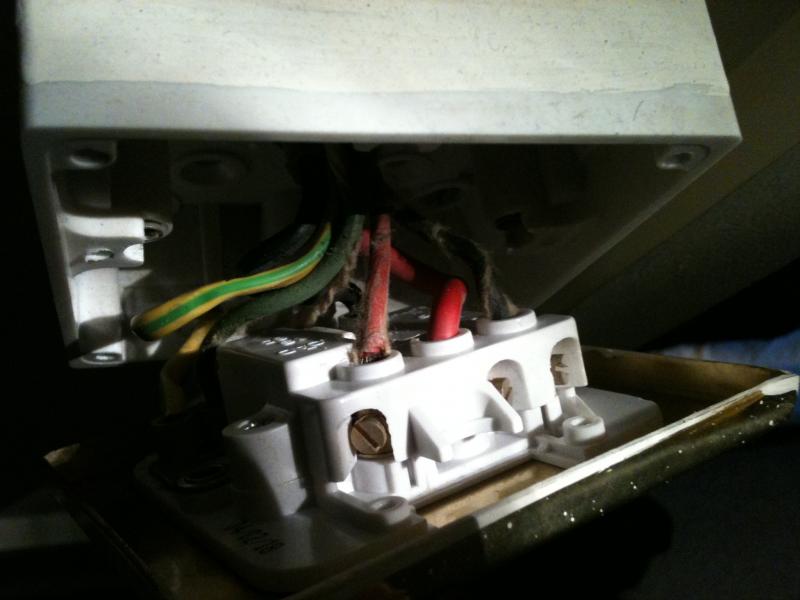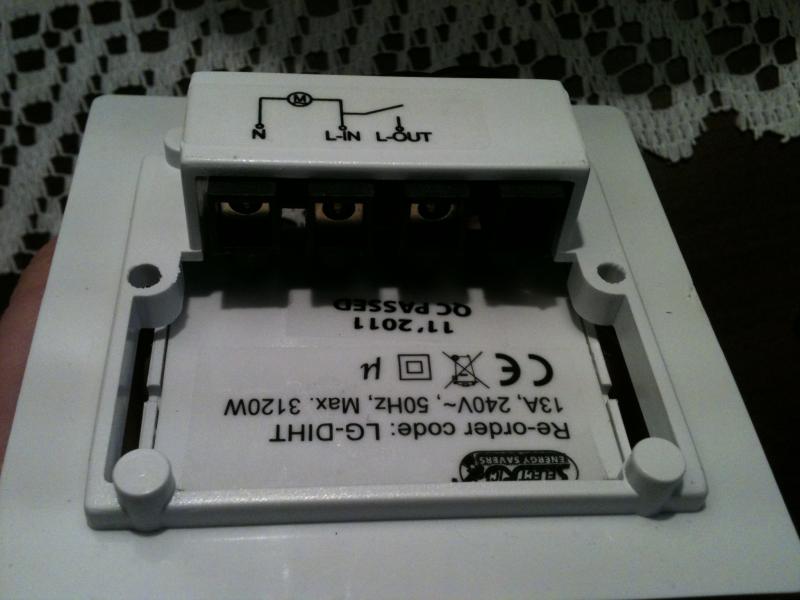Hi all,
Finally I have a chance to write. Life has been very hectic!
Riveralt asked:
what do the manufacturers instruction say regarding providing a means of isolation.
Does it say you have to utilise a 13Amp Fused Connection unit?
A 20Amp Dual Pole Switch or nothing?
What does it say about cable size and MCB rating?
And is the immersion on its own circuit?
manufactures instruction says:
- contact rating 16A, 240V, mains frequency 50hz, connections 2.5mm.
- "check that the mains voltage and frequency correspond to the rating plate (on back of timer)" -- 13A, 240V, 50hz, 3120W
- Do not overload. Refer to the Ampere rating on the rating plate.
These are the only installation instructions given. Nothing given about the wiring or terminals.
The immersion is on its own circuit in my house. It has a 16amp switch in the electric box.
Can I take it that this timer does not require connecting to a fuse before hand? And, the instructions kindly given from Riveralt detail what to do with the existing wires which are connected into the original switch's fuse:
Riveralt wrote:
There will be a supply cable that comes to the switch/fcu from the consumer unit - this will contain a red/black and earth cable.
There will be a load cable that goes from the switch to the immersion heater - this will contain a red/black and earth cable.
So the Red supply goes into L in.
The red load goes into the L out.
The supply and load black cables together go into the N.
The earths need to be sleeved and connected together.
Sunday I will finally get an opportunity to look at the setup in detail.
Many thanks to all who have given thoughts to this.
original switch:
timer switch:




